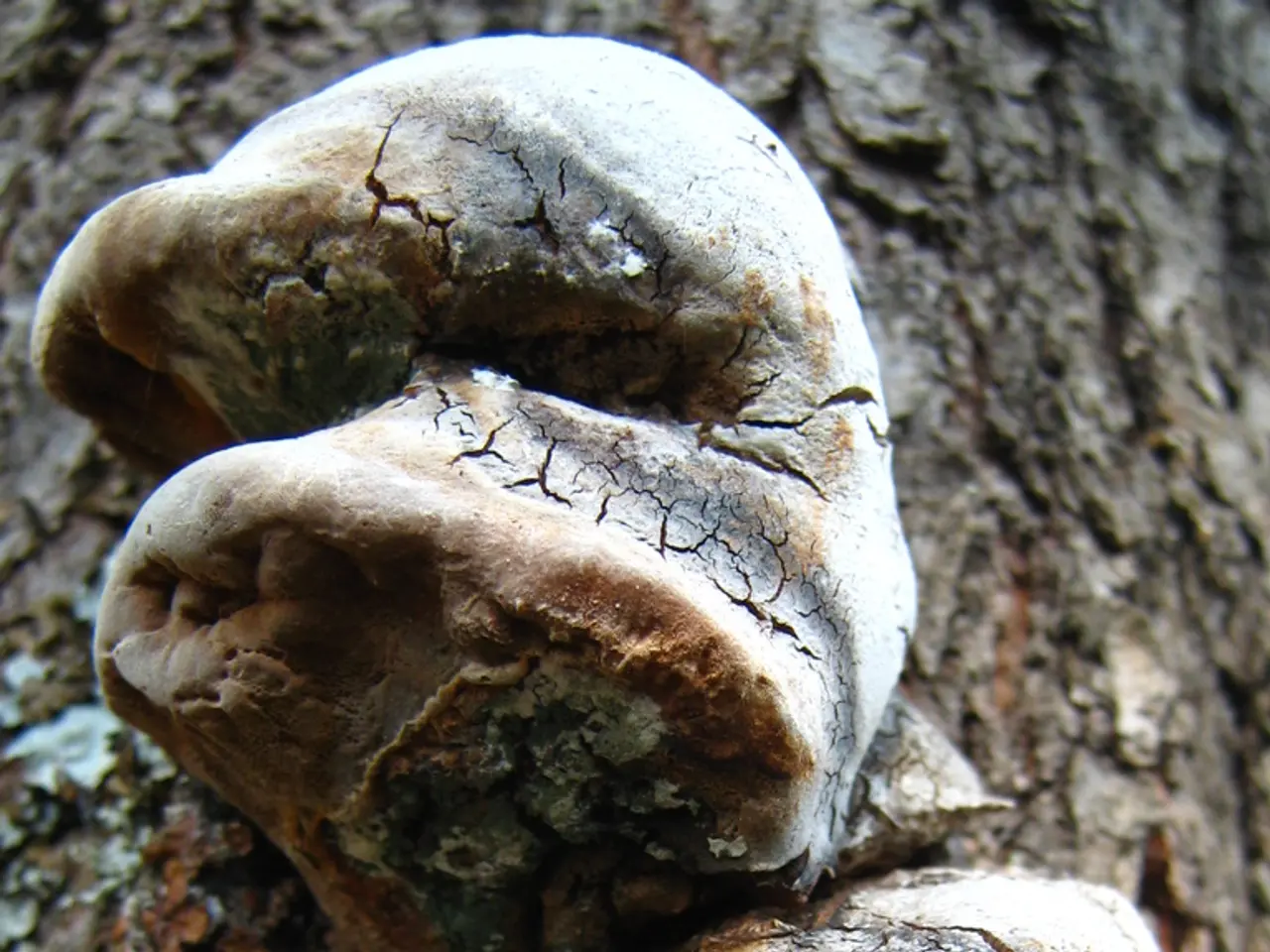"Eliminating Pesky Fungus Gnats in Terrariums: A Comprehensive Guide"
**Fungus Gnat Infestations: A Common Terrarium Problem**
Fungus gnats, tiny flying creatures that thrive in moist, humid terrarium conditions, can pose a significant challenge for terrarium enthusiasts. These pests can enter terrariums through substrates, plants, and direct airborne invasions, causing rapid infestations that can harm sensitive plants and animals.
**Strategies for Fungus Gnat Control**
To effectively manage fungus gnat infestations, it's essential to address both adult gnats and larvae in the substrate while ensuring methods are safe for any living organisms present in the environment. Here are some key strategies:
**1. Modify Watering Practices**
- **Reduce Moisture:** Allow the top layer of the substrate (about 1–2 inches) to dry out between waterings. This will make the environment less hospitable for egg-laying adults and prevent larvae survival. - **Bottom Watering:** Use a bottom-watering method by placing the terrarium’s plant pots (or the base) in a shallow tray of water for 30–60 minutes. This keeps the surface relatively dry and discourages adult gnats from laying eggs.
**2. Trap Adult Gnats**
- **Yellow Sticky Traps:** Place yellow sticky traps inside the terrarium, either by suspending them near the substrate or affixing them to the side. Adult gnats are strongly attracted to the color yellow and will stick to the traps, reducing the breeding population.
**3. Treat Substrate and Soil**
- **Hydrogen Peroxide and Peppermint Oil:** Mix a solution of hydrogen peroxide with 10 drops of peppermint essential oil per spray bottle of water. Lightly spray the soil surface to target larvae and deter adults. This method is generally considered safe for sensitive environments, but observe your terrarium for any negative reactions. - **Neem Oil Solution:** Mix 2–4 tablespoons of neem oil into a gallon of water and water the terrarium substrate as needed. Repeat until the infestation clears. Neem oil is effective against larvae and can be used in planted terrariums, but test on a small area first to ensure it does not harm delicate plants or animals.
**4. Additional Tips**
- **Remove Debris:** Regularly remove decaying plant matter and excess organic material that may attract gnats. - **Airflow:** Improve ventilation if possible, as fungus gnats prefer stagnant, humid conditions. - **Avoid Chemical Pesticides:** In terrariums with reptiles or sensitive plants, avoid harsh chemical sprays unless specifically labeled as safe for such environments.
**Natural Solutions for Fungus Gnat Control**
- **Predatory Mites:** Predatory mites are an effective solution for dealing with fungus gnat infestations. They consume fungus gnat larvae, addressing the problem at its source. Predatory mites take a few days to become effective, but noticeable improvements are seen after a week. - **Springtails:** Springtails can be purchased from a culture to help prevent fungus gnat infestations. A healthy springtail colony can outcompete fungus gnats for good. - **Carnivorous Plants:** Sundews (Pinguicula) and pitcher plants are carnivorous plants that can help keep fungus gnats at bay in terrariums.
**Combating Large Infestations**
For larger infestations in large tank terrariums, consider using a Fungus Gnat Eradicator Mix, which contains predatory mites, rove beetles, and various other beneficial microfauna and microflora.
**Preventative Measures**
- **Quarantining Plants:** Quarantining plants before adding them to a terrarium can help prevent fungus gnat infestations. - **Bare-Rooting Plants:** Bare-rooting plants and disposing of any attached substrate can help prevent pests from arriving in the soil or substrate.
By combining these strategies, you can effectively control and eventually eradicate fungus gnat infestations in terrariums without harming your plants or animals.
To maintain a healthy 'lifestyle' for terrarium plants and animals, it is crucial to control fungus gnat infestations effectively. Strategies like modifying watering practices, trapping adult gnats, treating the substrate, and using natural solutions can help manage these pests (Strategies for Fungus Gnat Control). For instance, using a hydrogen peroxide and peppermint oil solution can target both larvae and deter adults, while predatory mites and springtails can effectively combat fungus gnat infestations at their source (Natural Solutions for Fungus Gnat Control). In the 'home-and-garden' sphere, implementing practices such as quarantining new plants and bare-rooting them can prevent fungus gnat infestations (Preventative Measures).




